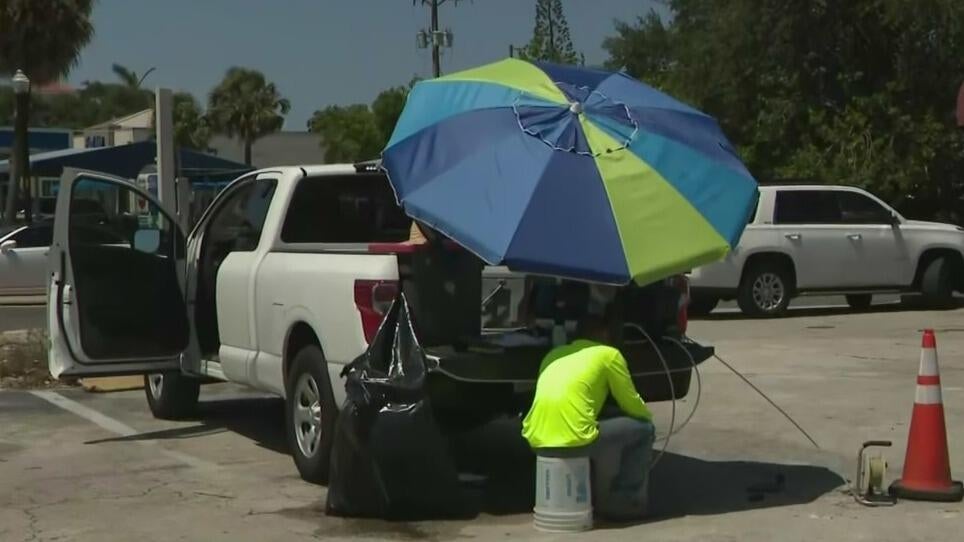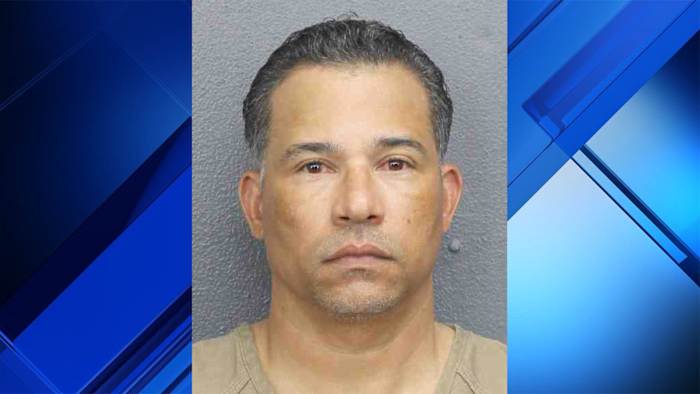South Florida's urban heat islands push summer temps even higher - CBS Miami
/ CBS Miami
What are heat islands? Here's what you need to know

As temperatures soar into the 90s across South Florida, certain neighborhoods are feeling the heat even more, literally.
Known as urban heat islands, these densely built areas filled with concrete, asphalt and limited greenery can be several degrees hotter than their surrounding regions, according to local experts.
These heat islands are particularly widespread across Broward County, where officials estimate more than 90,000 residents live in higher-risk zones. Some of the most impacted areas include Fort Lauderdale, Lauderhill, Hollywood and Pompano Beach.
Brannigan Hart, a project geologist and field scientist with Handex, has developed a routine to stay safe while working outdoors.
"We try to give ourselves as much shade as possible, especially when a site doesn't have any. We pack ourselves a cooler with ice and waters," Hart said.
Construction crews like Hart's face long days on sun-baked streets and sites that can be up to five degrees hotter than the daily max due to heat-absorbing surfaces like asphalt and rooftops.
Marc Houle, who also works in construction, said clothing makes a difference.
"We like the long sleeves just to keep the heat off of us. It helps," he said.
Emergency room physician Dr. David Sack at HCA Mercy Hospital said cases of heat-related illness are already arriving.
"Some tell us the heat is affecting them and some come and say they're feeling weak and dizzy," he said.
Dr. Sack recommends using ice packs, pouring water over your clothes or head and staying hydrated throughout the day to combat the effects of extreme heat.
Urban heat islands, he warned, may quietly intensify the dangers of summer temperatures for those living and working in South Florida's most built-up areas.











)
)